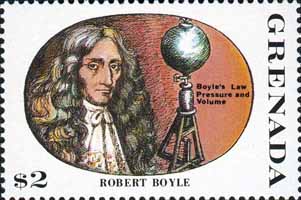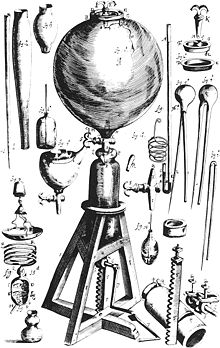Taurus

![]()
 |
|

- Sir Walter Raleigh at Sherborne - The School of Night
- Thomas Harriot
- Robert Boyle at Stalbridge - The Invisible College
![]()
Walter Raleigh
there is really
|
Robert Boyle
 Robert Boyle (1627-1691) relationship of pressure and volume |
A lot of people have become famous in the field of science. One of them is Robert Boyle. He was born in 1627 and became the founder of contemporary chemistry. Boyle is remember for his law. This physical law explains the way volume and pressure of gas is associated. Serving as the instrument to the establishment of the Royal Society, his British association allowed him to remain devoted to the progression of science. Boyle is also known as being a pioneer in the application of experiments as well as the methodical technique to test his hypothesis.
Boyle’s Life
Born and raised in Ireland at Lismore Castle, Robert’s father was Richard Boyle the 1st Earl of Cork. He learned to speak Latin and French as a kid before continuing on to Eton College in England when he was only 8 years old.Robert Boyle was a physicist, natural philosopher, chemist and an inventor. Additionally, he became popular for the theological writings. Despite his study that was clearly entrenched in alchemical traditions, Boyle is now honored as the 1st contemporary chemist and as among the pioneers and founders of the recent chemistry and scientific techniques of experimentation.
Boyle’s Law
Boyle was known for his work resulting in Boyle’s law. This is summarized as PV=K wherein the letter “P” means pressure, “V” is volume and “K” is constant. In other words, this particular law defines the professed inversely relative relationship that exists between the unconditional volume & pressure of the gas below conditions wherein the temperature within the enclosed system is maintained constant.
Other Achievements in Physics
Despite his other works associated in physics, Boyle was certainly a chemist. His other works include his detection of the task played by air inside the transmission of the sound as well as his analysis into refractive energy, crystals, specific gravity, electricity and hydrostatics.

He was particularly interested in how gases behave under pressure and his name lives on in Boyle’s law, which states that the pressure of a gas is inversely proportional to its volume at a constant temperature.
Many of his experiments on compressed air used a specially built air pump. In this field he also demonstrated, among other things, that sound does not travel in a vacuum, that flame requires air, and the elastic properties of air.
Such work was not the only thing that occupied his relentlessly inquisitive mind. He also researched why meat becomes luminous as it ages, the effect of a vacuum upon insects, an unsinkable ship, mind-altering drugs and the measurement of longitude. In this his outlook was entirely in keeping with the spirit of the age, which saw an extraordinary advancement of scientific thought. Boyle, Christopher Wren, Robert Hooke and Isaac Newton were all born within sixteen years of each other, but as early as 1646, Boyle was writing from Stalbridge about ‘our new philosophical college’, which he also called ‘the Invisible College’, and which met in London from 1645 on.
It was this group which in 1660 was granted by Charles II the title of the Royal Society, today the most significant and respected scientific society in Britain, if not the world.





